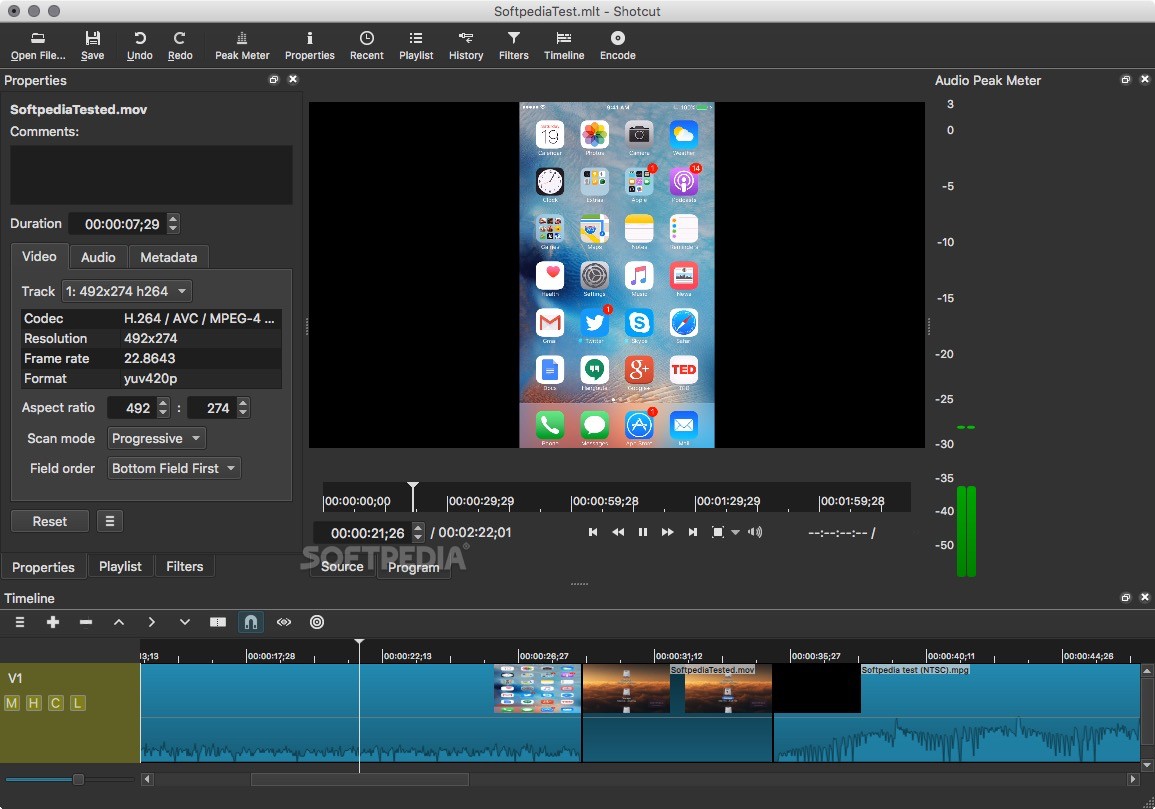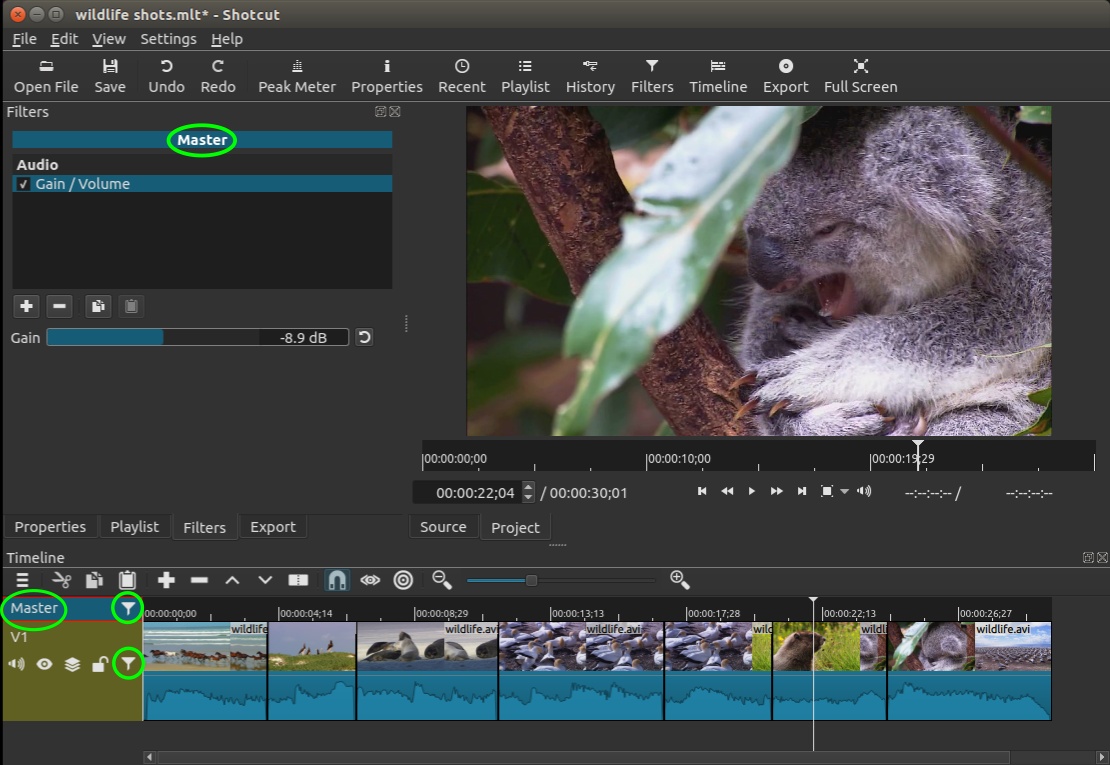
However, we have to point out one drawback of the E734, similar to the E744: The screen. The Lifebook consumes less power and thus achieves longer battery runtimes owing to the Haswell architecture. Only a new processor generation has moved in.

Like the Lifebook E754 and E744 family members, not many modifications are found when compared with the precursor. The latter's ULV processor has lower power consumption than the one in the Lifebook and consequently achieves longer runtimes with a lower battery capacity.įujitsu's E734 represents an overall good compromise of portability, endurance, and computing power. It is not surprising that it cannot keep up with the Portégé. The Lifebook can boast with decent battery runtimes. Websites are opened automatically every 40 seconds in this test, the energy-saving profile is enabled, and the screen's brightness is set to approximately 150 cd/m². Once again, Toshiba's laptop (7:37 h) reaped in a better runtime. The Wi-Fi test stopped on the E734 after 6:20 h. The screen's brightness is set to maximum, the high-performance profile is enabled, and the wireless modules are activated. The load runtime is checked with Battery Eater's Classic test. Again, the Portégé (2:19 h) lasted longer. The Lifebook shut down after 1:43 h of load.

The screen is set to minimum brightness, the energy-saving profile is enabled, and the wireless modules are turned off. Idle mode is ascertained using Battery Eater's Reader's test. The Portégé (19:55 h) lasted considerably longer.

The Lifebook achieved an idle runtime of 13:36 h.


 0 kommentar(er)
0 kommentar(er)
